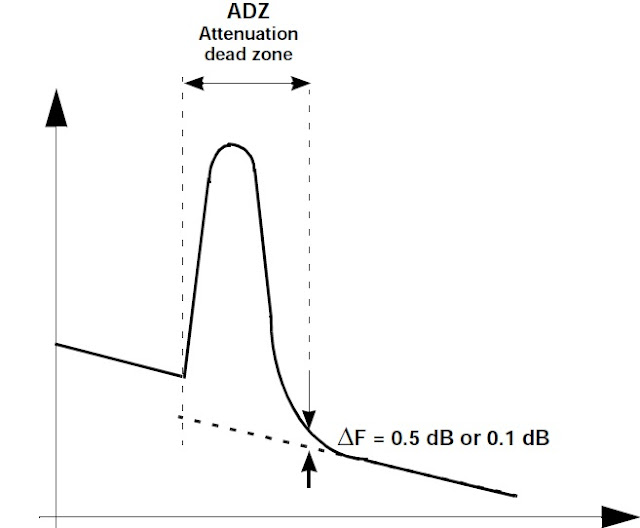Why do we receive Dead Zone in OTDR? : It is very important topic,many friends working & looking daily but they don't know about the OTDR Dead Zone. Today I will explain very simple about the OTDR Dead Zone.The OTDR is designed to detect the backscattering level all along the fiber link. It measures backscattered signals which are much smaller than the signal sent to the fiber. The component which receive those values is the photodiode. It is designed to receive a given level range.When there is a strong reflection, then the power received by the photodiode can be more than 4000 times higher than the backscattered power and can saturate the photodiode. The photodiode requires time to recover from the saturated condition; during this time, it will not detect the backscatter signal accurately. The length of fiber which is not fully characterized during the recovery period is termed the dead zone.
Very simple we can say that the OTDR dead zone refers to the distance (or time) where the OTDR cannot detect or precisely localize any event or artifact on the fiber link. It is always prominent at the very beginning of a trace or at any other high reflectance event.This effect is similar to the one when you are driving a car at night, and that another car’s headlights dazzle your vision momentarily.
The attenuation dead zone depends on the pulsewidth, the reflectance, the loss, the displayed power level and the location. The attenuation dead zone usually indicates the minimum distance after an event where the backscatter trace can be measured.
This parameter usually gives an indication of the minimum distance in order to distinguish between reflective events which occur in close proximity.
For an non-reflective event, the event dead zone can be described as the distance between the points where the beginning and ending levels at a splice or a given value (≤ 1 dB) are within ±0.1 dB of their initial and final values. Event dead zones can also be reduced using smaller pulse widths.
As mentioned above, dead zones can be reduced by using a lower pulse width, but it will decrease the dynamic range. Thus, it is important to select the right pulse width for the link under test when characterizing a network or a fiber. In general, short pulse width, short dead zone and low power are used for premises fiber testing and troubleshooting to test short links where events are closely spaced, while a long pulse width, long dead zone and high power are used for long-haul fiber testing and communication to reach further distances for longer networks or high-loss networks.
 |
| Dead Zone |
Why Do Occur Dead Zone in OTDR?
OTDR dead zone is caused by a Fresnel reflection (mainly caused by air gap at OTDR connection) and the subsequent recovery time of the OTDR detector. Details already explained above.
Attenuation dead zone
The attenuation dead zone for a reflective or attenuating event is the region after the event where the displayed trace deviates from the undisturbed backscatter trace by more than a given vertical value △F (usually 0.5 dB or 0.1 dB).In general, the higher the reflected power sent back to the OTDR, the longer the dead zone. |
| Attenuation Dead Zone measurement |
Event dead zone
Event dead zone is the minimum distance on the trace, where two separate events can still be distinguished. The distance to each event can be measured, but the separate loss of each events cannot be measured.
Event dead zone is the minimum distance on the trace, where two separate events can still be distinguished. The distance to each event can be measured, but the separate loss of each events cannot be measured.
For a reflective event, the event dead zone definition is the distance between the two opposite points which are 1.5 dB down from the unsaturated peak.
 |
| Event Dead Zone measurement |




0 Comments